Tyre Yogurt Review: The Ultimate MTB Tyre Sealant?
Tyre Yogurt Review: The Ultimate MTB Tyre Sealant?
Getting a puncture is very frustrating at the best of times. This is where tubeless mountain bike tyre sealant comes in. However, a couple of enterprising guys from the North of England, decided that some products were not quite hitting the mark. These guys were disappointed that larger puncture holes were not being sealed. This led to the birth of Tyre Yogurt. I was intrigued by this stuff and thought I should try it out. I have been riding with it for over a year now, and I finally got round to to writing a Tyre Yogurt review.
Why Go Tubeless?

First of all, I’m am going to recommend that you go tubeless. I am a big advocate of tubeless tyres. You will hear some people say that it is a messy waste of time. Messy? potentially, waste of time? definitely not.
OK, if you ride on canal paths all the time, tyres with inner tubes are fine. But, if you ride more technical terrain, tubeless tyres are invaluable. There are a few advantages to riding tubeless:
- Less chance of a puncture – If you get a hole in your tyre, the sealant quickly fills it up, preventing it from going flat. You will not know that it has happened most of the time.
- More Grip – One of the things I love about riding tubeless, is that I can lower my tyre pressures. This gives your tyre a larger contact point with the ground, which gives you more grip.
- Durability – Tubeless tyres are more durable than ones with tubes.
The disadvantages of tubeless tyres are:
- Weight – Tubeless tyres are slightly heavier than ones with tubes. If you are trying to shave grams off your bike, you may have an issue with this. But, for most riders, especially those that ride downhill, it won’t make much difference.
- Putting them on – Sometimes (not always), tubeless mountain bike tyres can be a bit tricky to put on. This is because the sidewalls are quite stiff and difficult to get the beading over the rim. Also, putting the sealant in can get a bit messy.
The advantages definitely outweigh the disadvantages. The only real problem with tubeless, is if you get a significant rip in the sidewall of your tyre. No amount of sealant will plug it. But, you are only really likely to get one of these if you ride in an area with lots of pointy rocks or if you are very unlucky.
What is Tyre Yogurt?
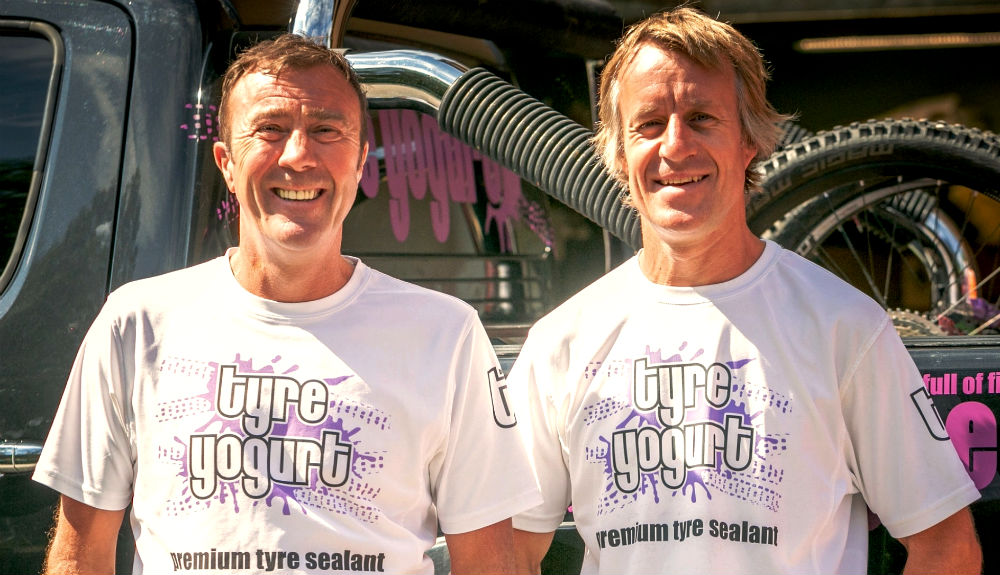
Introducing Matt Casson and Jon Dredge. These two are avid mountain bikers, and have recognised that some mountain bike tyre sealants have some short comings. This became apparent after Jon got a 2mm puncture hole in his tyre that would not seal. While, Matt’s son, Archie started racing for One Vision Global Racing. Unfortunately, he had a puncture that did not seal during his first race. This led him to go back to tubes.
Jon found a heavy duty tyre sealant used for military, industrial and commercial uses. He installed it in to their mountain bike tyres and gave some to a number of other riders. This would let them know if it would work for its new intended use.
They got a lot of feedback from the French Alps, Fort William, Sierra Nevada, Northern England, Australia and Enduro World Series racers. The feedback they got was positive, but it wasn’t quite right. Therefore, Jon and Matt thought it was worth investing some time in to developing the product to work better with mountain bike tyres. They didn’t just work on the the product’s ability to seal punctures, but they also wanted it to be easy to install.
Tyre Yogurt went through lots of different versions before Jon and Matt were happy to release it on to the market.
Historically, the side walls of tubeless mountain bike tyres were porous (this is when it looks like they are sweating), they did not fit rims very well and valves could be much better. Therefore tyre sealant manufacturers introduced latex based sealants. This stuff did a great job of gluing all of these imperfections together. However, it would dry out and separate, so it wouldn’t seal punctures.
However, tubeless tyres, wheels and valves have improved. This is thanks to mainstream manufacturers filtering down technology from motocross and off road motorbikes into mountain biking. This is why Jon and Matt decided to base Tyre Yogurt on sealants that were already in use and try to make them work for mountain biking. This means that they could stay away from liquid latex.
What Makes Tyre Yogurt Different?
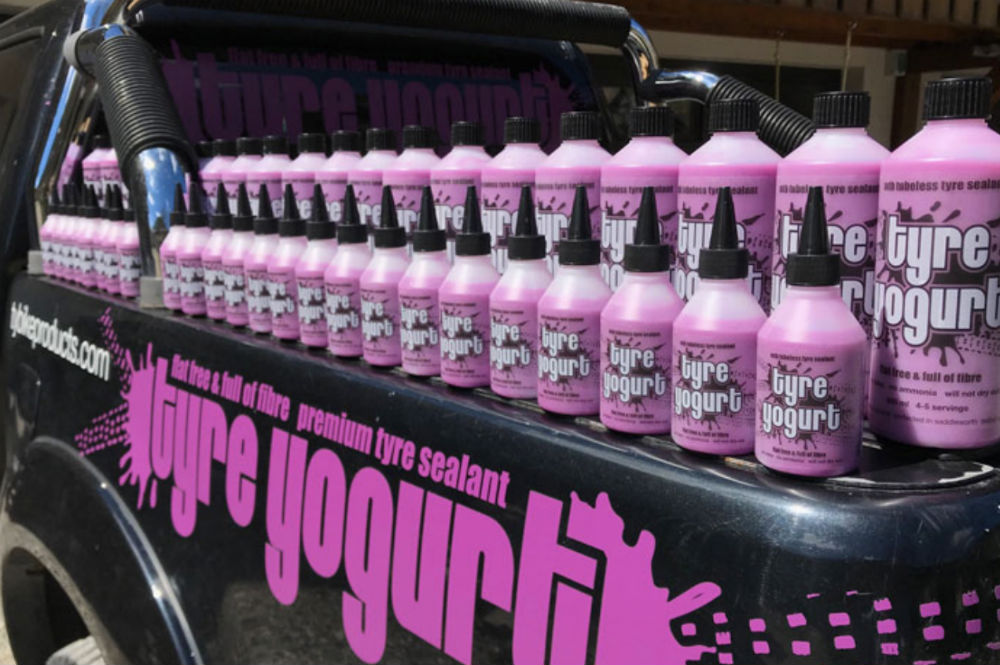
Jon and Matt’s Tyre Yogurt is a blend of different commercial, heavy duty and military grade sealants. Their secret recipe allows the ingredients to complement each other within a mountain bike. It is designed to never separate and not to dry out. It is safe to use, as there are no harmful ingredients, such as ammonia or latex. You can even wash it off with water.
When you get a hole in your tyre, Tyre Yogurt seals it physically with fibres that are mixed in to the sealant. These fibres act as a flexible plug in the hole. As you ride, your tyre will flex. This forces more fibres in to the hole making a permanent seal.
Jon spent many hours testing this theory out himself, by stabbing brand new tyres with different sized screwdrivers.
Does it Work?
I have been using Tyre Yogurt for about a year now. I ride in the French Alps, where the terrain can get quite technical and punishing on your bike. I wanted to get a good idea about how good it was before writing my Tyre Yogurt review.
Riding my old Canyon Torque in the French Alps, Italian Alps and Finale Ligure, I never had a puncture while using Tyre Yogurt. Finale Ligure is particularly punishing on mountain bikes. When I visited, other people in our group had lots of punctures and damaged carbon rims (ouch). But, my bike was fine. Even riding the infamous “Puncture Ally” in the Portes du Soleil, I have never had a flat tyre.
I have just put the latest version of Tyre Yogurt in my tyres on my new Nukeproof Mega. It was easy to do and I have not had any problems with it so far. So I can personally say that, yes it does work and it does so very well.
The brand ambassadors of Tyre Yogurt (such as Cedric in the video below) have tested it in various worldwide locations. It has been proven to perform in all sorts of conditions from hot and dusty Australia, to wet and muddy trails in England. I wouldn’t be surprised if Jon and Matt have another improved version of Tyre Yogurt in the pipeline either. They are always looking for way to improve their products.
Will it Work Every Time?
Although, Tyre Yogurt is impressive stuff, there are a few things you need to know about using mountain bike tyre sealant.
You need to use this stuff with proper tubeless tyres, valves and wheels with good rim tape. This will ensure that you get the best results.
If you ride with cross country tyres and get a big slash in it, depending on where that slash is, the structural integrity of the tyre may be compromised. This means that it may not seal. However, you probably won’t have a problem with the same slash in a downhill tyre. This is because they are much tougher.
When it comes to side wall splits, that is a different story. No mountain bike tyre sealant will seal a side wall split. If you are getting these regularly, you are using the wrong tyres for the terrain you ride. Therefore, you need something much tougher.
I spent a morning with Jon in Morzine while he put Tyre Yogurt through a pretty gruelling test. I filmed the process and the results and you can see the film below.
He used a tyre that already had 65 holes in it. He had used 4 and 6mm screws as a demonstration at the Pass’Portes du Soleil bike show in Chatel to show that it would seal them. He scooped out the tyre yogurt and picked out all the plugs before putting it back on a wheel and pumping it up. To show the damage he caused to the tyre, he squirted soapy water all over it. It looked like an Ibiza foam party as the air came out.
He then put the tyre yogurt back in (with a bit extra), bounced the wheel around a bit and squirted the soapy water on it again. There was no bubbles from the beading or the holes at all!
Once, the wheel was back on the bike, he rode down lots of steps and in the skate park in Morzine to see if the tyre yogurt would hold. After lots of steps and drops, one of the plugs popped out squirting the sealant out over Jon’s leg and bike frame. However, Tyre Yogurt plugged the hole straight away and the tyre stayed hard. This was a surprise even to Jon, so he went riding down more steps. All this is demonstrated in the video below, but what isn’t in the video, is that Jon screwed another 6mm screw in to the tyre, which sealed instantly.
TY Products
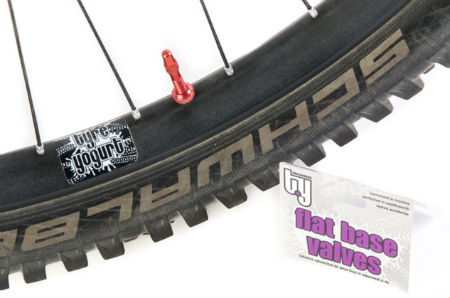



Jon and Matt are dedicated to solve all the niggling problems that are associated with tubeless tyres. Therefore they have also developed their own “flat based” valves. The flat base means that you get a tight seal without having to over tighten the locking nut. These valves also come with a soft rubber internal seal to make sure that they sit flush with whatever internal profile your wheel has.
Jon and Matt also provide a tubeless conversion kit, which includes Gorilla rim tape.
All this is available from their website www.tybikeproducts.com. You can also buy it from www.77designz.com if you are in France or Germany. The products are well priced and offer great performance.
If you have any questions or thoughts on Tyre Yogurt, please leave them in the comments section below. Alternatively, you can contact Jon and Matt directly, by clicking on the button below.

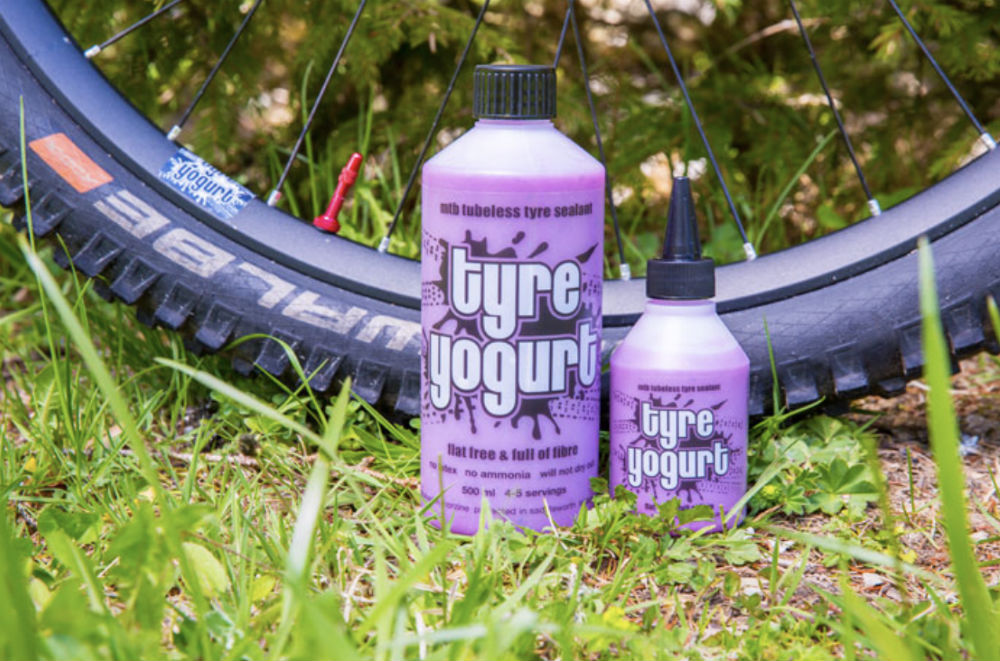
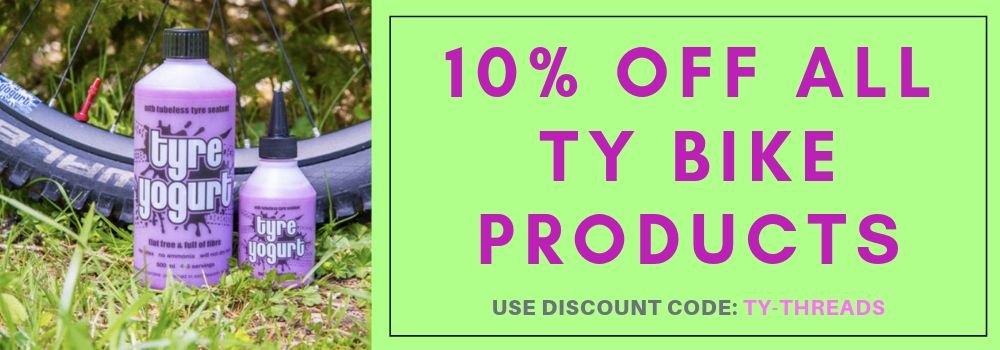
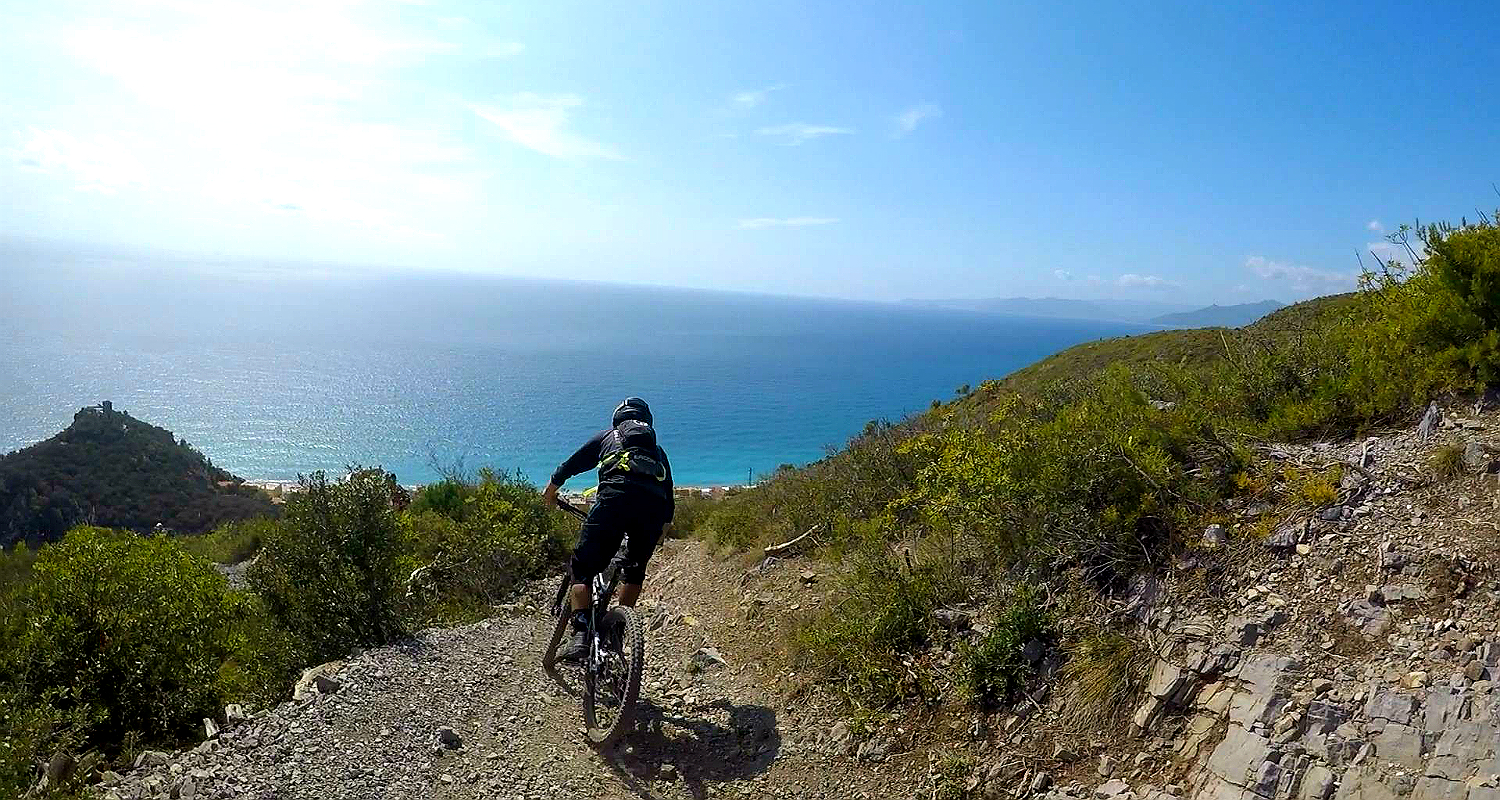

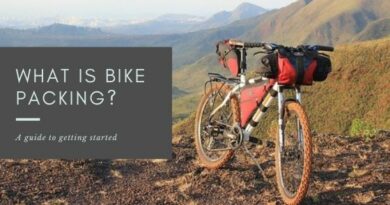
Pingback: Best mountain Bike Multi Tool: What to look for |
Pingback: Best 2020 Mountain Bikes: What you need to know -
Pingback: What Mountain Bike Tyre Pressure To Use -
Pingback: Schwalbe MTB Tyres - Everything you need to know
Pingback: Michelin Downhill Tyres -
Pingback: 2020 Nukeproof Scout - Everything you need to know
Pingback: What do I need to ride an electric mountain bike? | futura